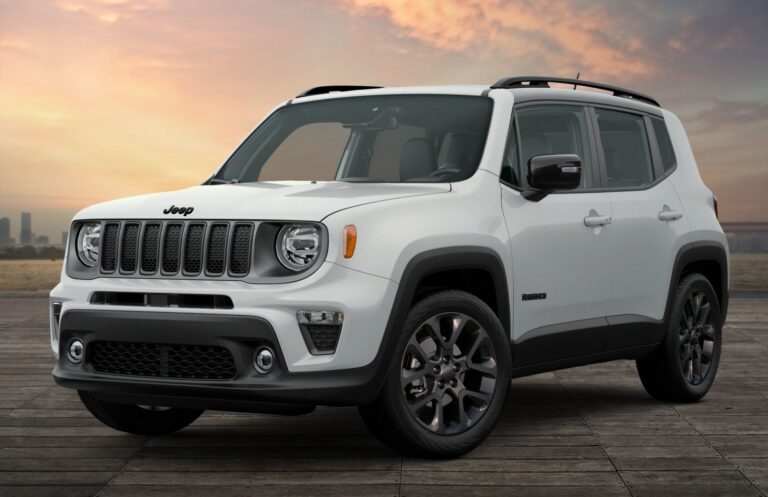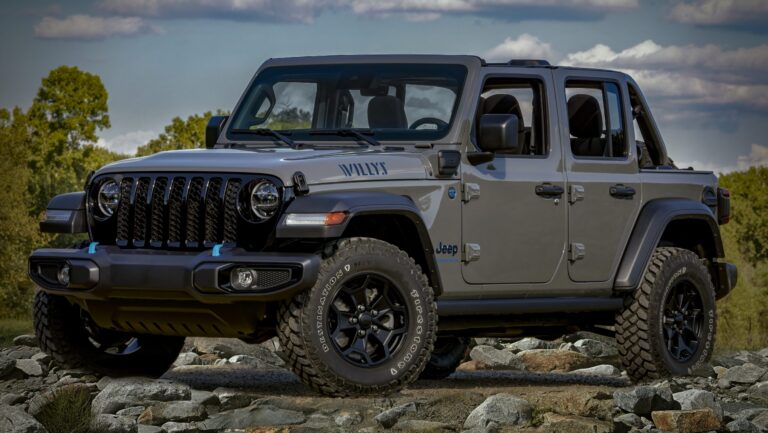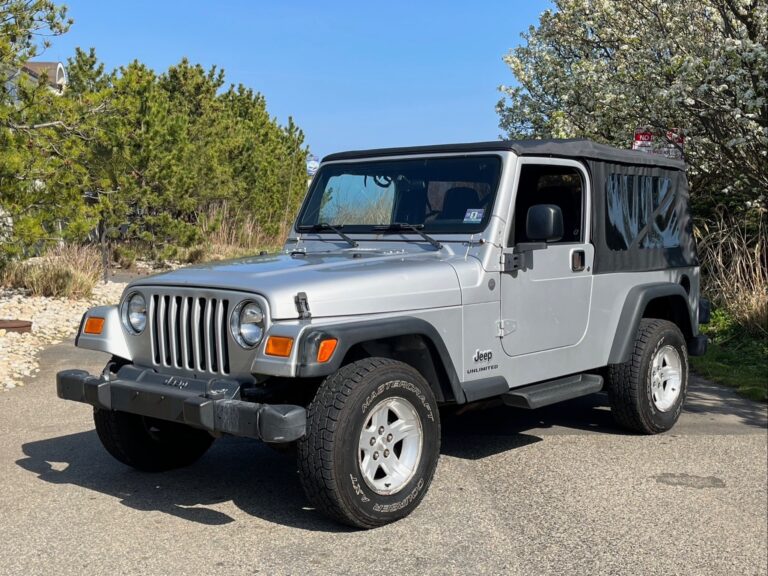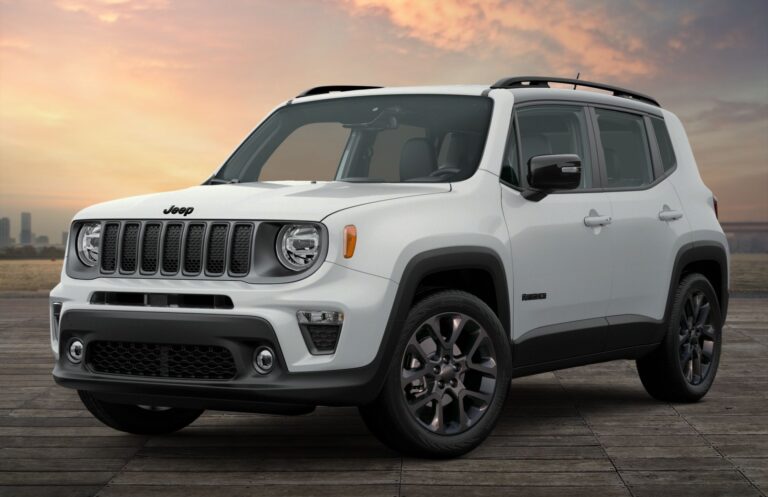2012 Jeep Wrangler: Understanding Its Weight Capacities
2012 Jeep Wrangler: Understanding Its Weight Capacities jeeps.truckstrend.com
The 2012 Jeep Wrangler is an icon, renowned for its off-road prowess, rugged charm, and open-air freedom. However, beyond its adventurous spirit, there’s a crucial aspect that every owner or prospective buyer must understand: how much weight it can handle. This isn’t just about how heavy the vehicle itself is; it encompasses a complex interplay of curb weight, payload capacity, towing capacity, and various gross weight ratings. Grasping these figures is paramount for safety, performance, legal compliance, and the longevity of your beloved Wrangler.
This comprehensive guide will delve into the various weight specifications of the 2012 Jeep Wrangler, providing detailed information, practical insights, and actionable advice to help you maximize your Jeep’s capabilities while ensuring safe operation.
2012 Jeep Wrangler: Understanding Its Weight Capacities
Section 1: Curb Weight – The Wrangler’s Own Mass
The Curb Weight of a vehicle refers to its total weight with standard equipment, all necessary operating fluids (like engine oil and coolant), and a full tank of fuel, but without passengers, cargo, or any aftermarket accessories. It’s essentially the weight of the vehicle ready to drive off the lot.
For the 2012 Jeep Wrangler, curb weight varies significantly between the two-door (JK) and four-door (JK Unlimited) models, as well as by trim level and optional equipment. The introduction of the more powerful 3.6L Pentastar V6 engine in 2012 added a slight increase in weight compared to previous years, but it also brought a welcome boost in performance.
-
2012 Jeep Wrangler (2-Door) Curb Weight:
- Sport/Sahara/Rubicon: Approximately 3,760 lbs to 4,075 lbs.
- Factors influencing this range include the choice of soft top versus hardtop, manual versus automatic transmission, and specific optional packages (e.g., power windows, air conditioning).

-
2012 Jeep Wrangler Unlimited (4-Door) Curb Weight:

- Sport/Sahara/Rubicon: Approximately 4,110 lbs to 4,340 lbs.
- The longer wheelbase, additional doors, and more extensive interior space naturally contribute to a higher curb weight for the Unlimited models.

Understanding your specific Wrangler’s curb weight is the foundational step, as it directly impacts payload and towing capacities. Always check your vehicle’s specific door jamb sticker or owner’s manual for the most accurate figure for your exact configuration.
Section 2: Payload Capacity – What Can Your Wrangler Carry?
Payload Capacity is the maximum amount of weight your vehicle can safely carry, including the driver, passengers, and all cargo. It’s calculated by subtracting the vehicle’s curb weight from its Gross Vehicle Weight Rating (GVWR).
- Payload Capacity = Gross Vehicle Weight Rating (GVWR) – Curb Weight
For the 2012 Jeep Wrangler, payload capacities are robust for its class, reflecting its utility-focused design:
-
2012 Jeep Wrangler (2-Door) Payload Capacity:
- Typically ranges from 880 lbs to 1,000 lbs.
-
2012 Jeep Wrangler Unlimited (4-Door) Payload Capacity:
- Generally ranges from 1,000 lbs to 1,150 lbs.
Practical Implications and Tips:
- Don’t Forget Passengers: Every person in your Jeep contributes to the payload. A family of four, plus gear, can quickly consume a significant portion of your capacity.
- Aftermarket Accessories Add Up: Heavy-duty bumpers, winches, roof racks, larger tires, and even significant sound system upgrades all add weight and reduce your available payload. Keep a running tally if you’re heavily modifying your Jeep.
- Distribute Weight Evenly: While staying within limits, try to distribute heavy items evenly to maintain vehicle balance and handling.
- Check Your Tire Pressure: Proper tire inflation is crucial, especially when carrying heavy loads, to ensure stability and prevent tire damage.
Exceeding your payload capacity can compromise braking performance, steering control, vehicle stability, and put undue stress on the suspension, axles, and frame, leading to premature wear and potential safety hazards.
Section 3: Towing Capacity – Pulling Power of the 2012 Wrangler
Towing Capacity refers to the maximum weight your vehicle can safely pull behind it, including the weight of the trailer itself and its contents. This is where the 2-door and 4-door 2012 Wranglers show their most significant difference in weight capabilities.
-
2012 Jeep Wrangler (2-Door) Towing Capacity:
- The standard towing capacity is 2,000 lbs.
- This is generally sufficient for small utility trailers, jet skis, or very light pop-up campers.
-
2012 Jeep Wrangler Unlimited (4-Door) Towing Capacity:
- The standard towing capacity is 3,500 lbs.
- This increased capacity for the Unlimited is due to its longer wheelbase, which provides greater stability, and often a more robust suspension setup. The "Max Tow Package" was often available, which included a Class II receiver hitch, trailer wiring, and sometimes a higher axle ratio for optimal towing.
Important Considerations for Towing:
- Tongue Weight: This is the downward force exerted by the trailer’s hitch on the towing vehicle’s hitch. It should typically be 10-15% of the total loaded trailer weight. Incorrect tongue weight can lead to severe trailer sway or handling issues.
- Trailer Brakes: For trailers exceeding a certain weight (often 1,000-1,500 lbs, depending on state laws), independent trailer brakes are legally required and highly recommended for safety.
- Hitch Class: Ensure your hitch is rated for the weight you intend to tow. A Class II hitch is typically sufficient for the Wrangler’s capacities.
- Axle Ratio: While the 3.6L Pentastar V6 provided ample power, higher axle ratios (e.g., 3.73 or 4.10) improve mechanical advantage for towing, especially with the 4-door model.
- Cooling System: Heavy towing puts strain on the engine and transmission. Ensure your cooling system is in top condition.
Never exceed your vehicle’s stated towing capacity. Doing so can lead to dangerous situations, vehicle damage, and potentially void your warranty.
Section 4: Gross Vehicle Weight Rating (GVWR) & Gross Combined Weight Rating (GCWR): The Big Numbers
These two ratings are critical for understanding the absolute limits of your 2012 Jeep Wrangler’s weight capabilities.
-
Gross Vehicle Weight Rating (GVWR):
- This is the maximum permissible total weight of your fully loaded vehicle, including its curb weight, all passengers, and cargo. It’s a non-negotiable limit set by the manufacturer.
- For the 2012 Jeep Wrangler, GVWR typically ranges from 5,000 lbs to 5,500 lbs, depending on the specific model and configuration.
- You can find your vehicle’s specific GVWR on the certification label, usually located on the driver’s side door jamb.
-
Gross Combined Weight Rating (GCWR):
- This is the maximum permissible total weight of the fully loaded tow vehicle (your Wrangler) and the fully loaded trailer combined.
- It’s a critical safety rating that considers the entire system’s ability to accelerate, brake, and handle.
- For the 2012 Jeep Wrangler:
- 2-Door Models: Approximately 7,000 lbs
- 4-Door Unlimited Models: Approximately 8,500 lbs (with Max Tow Package)
- Always ensure the sum of your loaded Wrangler and your loaded trailer does not exceed this number.
Section 5: Why Understanding Weight Matters – Practical Implications
Neglecting the weight specifications of your 2012 Jeep Wrangler can lead to a host of problems:
- Safety Hazards: Overloaded vehicles have significantly longer braking distances, reduced steering response, compromised stability (especially at highway speeds or in crosswinds), and increased risk of rollover.
- Performance Degradation: Your Jeep will feel sluggish, accelerate slowly, and struggle on inclines. Fuel economy will also suffer dramatically.
- Vehicle Damage & Longevity: Exceeding weight limits puts immense stress on the engine, transmission, axles, suspension components, brakes, and tires, leading to premature wear, costly repairs, and a shortened lifespan for your vehicle.
- Legal & Insurance Issues: Operating an overloaded vehicle can result in fines, especially if you’re involved in an accident. Your insurance policy might even be voided if negligence due to overloading is proven.
- Warranty Concerns: Excessive loads can void parts of your vehicle’s warranty if damage is directly attributable to exceeding manufacturer specifications.
Section 6: Modifying Your Wrangler and Weight Considerations
One of the most appealing aspects of the Jeep Wrangler is its vast aftermarket support. However, modifications often add significant weight, which directly impacts your vehicle’s remaining payload and towing capacity.
- Heavy Bumpers & Winches: Steel aftermarket bumpers and winches can add 150-300 lbs to the front of your vehicle.
- Roof Racks & Rooftop Tents: These can add 50-200 lbs or more, especially when loaded.
- Larger Tires & Wheels: While improving off-road capability, heavier tires and wheels increase unsprung weight, affecting ride quality, braking, and fuel economy.
- Skid Plates & Armor: Protecting your undercarriage is wise, but these components are heavy.
Actionable Insight: If you’ve significantly modified your 2012 Wrangler, recalculate your actual available payload by weighing your vehicle fully fueled and subtracting this new curb weight from your original GVWR. Be mindful that even if your suspension can handle the added weight, your braking system and drivetrain may still be overstressed if you exceed the manufacturer’s original ratings.
2012 Jeep Wrangler Weight Specifications at a Glance
| Specification | 2012 Jeep Wrangler (2-Door) | 2012 Jeep Wrangler Unlimited (4-Door) | Notes |
|---|---|---|---|
| Curb Weight (Approx.) | 3,760 – 4,075 lbs | 4,110 – 4,340 lbs | Varies by trim, transmission, options (hardtop/soft top, etc.) |
| Gross Vehicle Weight Rating (GVWR) | 5,000 – 5,200 lbs | 5,300 – 5,500 lbs | Max permissible weight of vehicle + passengers + cargo. Found on door jamb. |
| Payload Capacity (Approx.) | 880 – 1,000 lbs | 1,000 – 1,150 lbs | GVWR minus Curb Weight. Includes driver, passengers, and cargo. |
| Towing Capacity | 2,000 lbs | 3,500 lbs | Max weight of trailer + contents. Unlimited often requires Max Tow Pkg. |
| Tongue Weight (Max.) | 200 lbs | 350 lbs | Typically 10-15% of loaded trailer weight. |
| Gross Combined Weight Rating (GCWR) | 7,000 lbs | 8,500 lbs | Max total weight of loaded vehicle AND loaded trailer. |
Note: All figures are approximate and can vary slightly based on specific factory configurations and optional equipment. Always consult your vehicle’s owner’s manual and door jamb sticker for precise figures for your individual vehicle.
Frequently Asked Questions (FAQ)
Q1: Where can I find the exact weight specifications for my specific 2012 Jeep Wrangler?
A1: Look for the certification label, usually located on the driver’s side door jamb. It will list your vehicle’s specific GVWR, GAWR (Gross Axle Weight Ratings), and sometimes curb weight. Your owner’s manual will also provide detailed specifications.
Q2: Can I increase my 2012 Wrangler’s payload or towing capacity?
A2: No, you cannot legally or safely increase the manufacturer’s stated GVWR, payload, or towing capacity. These limits are set based on the vehicle’s structural integrity, braking system, and overall design. While aftermarket parts like heavy-duty springs might feel like they increase capacity, they do not change the vehicle’s official ratings, nor do they improve the braking or frame strength.
Q3: Does removing the hardtop or doors reduce the curb weight significantly?
A3: Yes, removing the hardtop and doors will reduce the curb weight, thereby slightly increasing your available payload capacity. The hardtop alone can weigh over 100 lbs. However, this is usually a minor adjustment in the grand scheme of things.
Q4: What’s the biggest mistake people make regarding weight in their Wranglers?
A4: The most common mistake is underestimating the combined weight of passengers and cargo, or assuming that because the vehicle "feels fine," it’s not overloaded. Another common error is exceeding towing capacity, especially with the 2-door model, or neglecting proper tongue weight distribution.
Q5: How does the 2012 Wrangler’s weight capacity compare to newer models?
A5: While newer generations (JL) might offer slightly higher towing or payload capacities due to design updates and more powerful engines, the 2012 JK Wrangler’s capacities remain competitive and more than adequate for most recreational uses and light towing needs. The fundamental principles of weight management apply to all models.
Conclusion
Understanding "how much weight" your 2012 Jeep Wrangler can handle is not just a matter of technical specification; it’s a fundamental aspect of responsible vehicle ownership. From its own curb weight to its ability to carry passengers and cargo (payload), and its capacity to pull a trailer (towing), each number tells a story about the Wrangler’s design limits and capabilities.
By respecting these manufacturer-set limits – the Gross Vehicle Weight Rating (GVWR) and Gross Combined Weight Rating (GCWR) – you ensure the safety of yourself, your passengers, and others on the road. It also preserves your Jeep’s performance, extends its lifespan, and protects you from potential legal and financial complications. Whether you’re heading to the trails, packing for a family trip, or towing a small camper, a clear understanding of your 2012 Jeep Wrangler’s weight capacities is your ultimate guide to a safe and enjoyable adventure. Drive smart, drive safe, and let your Wrangler continue to be the capable companion it was designed to be.






